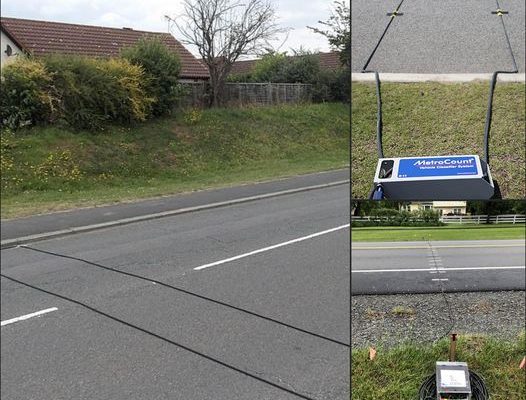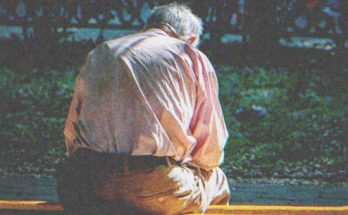What to Do If You Spot Black Cables Stretched Across the Road
As you navigate your daily commute, you may have noticed black cables stretched across the road, almost as if they are silent watchers of the bustling traffic. While these unassuming tubes might seem like insignificant additions to the pavement, they play a vital role in modern transportation systems. Their purpose lies in the field of traffic management and data collection, serving as indispensable tools for understanding and improving our roadways. Let’s uncover what these cables are, how they work, and why they are essential to the roads we rely on every day.

These black cables are portable traffic counters, strategically placed by transportation agencies to collect critical data about road usage. Often installed by local authorities, these devices help monitor traffic patterns and vehicle flow, providing valuable insights for road planning and development. Across the state, thousands of these traffic counters are in use, silently recording data that informs decisions on traffic management, infrastructure investments, and public safety measures.
The technology behind these cables is both straightforward and effective. When a vehicle’s tires pass over the rubber tube, the contact creates a burst of air. This air pressure activates a pneumatic mechanism, sending an electrical signal to a connected counter device. Each signal corresponds to a vehicle crossing the tube, allowing the system to count traffic volume over a given timeframe. By analyzing the intervals between these signals, transportation agencies can identify peak traffic periods and better understand congestion patterns.
When two cables are deployed in tandem, the system becomes even more powerful. Paired cables can capture additional data, including the speed and direction of vehicles, as well as vehicle classification based on axle count. This detailed information helps agencies make informed decisions about speed limits, road signage, and traffic flow optimization. The insights derived from these counters are foundational for creating safer and more efficient roadways.
These cables are not just about counting cars; their utility extends far beyond that. They act as multi-functional data collectors, providing a comprehensive picture of traffic dynamics. According to the U.S. Department of Transportation, these tubes can be configured as temporary or permanent installations depending on the specific needs of an area. Temporary setups, often used for a day or two, offer quick snapshots of traffic conditions. Permanent installations, on the other hand, provide continuous monitoring, enabling authorities to track long-term trends and changes in road usage.
The placement of these cables is carefully planned to ensure accurate data collection. Agencies typically position them on straight stretches of road with minimal external interference. Single-tube setups focus on counting vehicles and measuring the time gaps between them, while paired tubes delve deeper into traffic details, capturing information like axle count, vehicle speed, and travel direction. This precision allows transportation authorities to develop targeted strategies for managing traffic and addressing potential issues.
In addition to their role in monitoring general traffic, these cables are invaluable for addressing specific community concerns. For instance, if residents report problems such as speeding or shortcutting through neighborhoods, transportation agencies can deploy these tubes to investigate. The data collected helps validate concerns and informs the implementation of effective solutions, such as traffic calming measures or adjusted speed limits. Furthermore, the information gathered contributes to transportation budget planning, ensuring resources are allocated efficiently to meet the most pressing needs.
These black cables may seem inconspicuous, but they are integral to modern traffic management. They quietly gather data that serves as the foundation for decisions shaping the future of our transportation networks. Without these tools, understanding traffic patterns and improving road safety would be far more challenging. Their ability to provide detailed and reliable information makes them an essential part of our evolving infrastructure.
The next time you drive over one of these cables, take a moment to appreciate their significance. These tubes are not just passive objects lying on the road; they are dynamic instruments that help keep our transportation systems running smoothly. By capturing vital data about traffic flow, they enable transportation authorities to design safer, more efficient roads for everyone. These black cables are silent heroes of our transportation infrastructure, working tirelessly to improve the ways we travel every day. As you cross over them, remember that they represent a sophisticated effort to make our roads safer, more efficient, and better equipped for the future.



